Citation:
| REPRINT | 989 KB |
Date Published:
FebAbstract:
Wing patterning in Heliconius butterflies is a longstanding example of both Mullerian mimicry and phenotypic radiation under strong natural selection. The loci controlling such patterns are "hotspots" for adaptive evolution with great allelic diversity across different species in the genus. We characterise nucleotide variation, genotype-by-phenotype associations, linkage disequilibrium, and candidate gene expression at two loci and across multiple hybrid zones in Heliconius melpomene and relatives. Alleles at HmB control the presence or absence of the red forewing band, while alleles at HmYb control the yellow hindwing bar. Across HmYb two regions, separated by approximately 100 kb, show significant genotype-by-phenotype associations that are replicated across independent hybrid zones. In contrast, at HmB a single peak of association indicates the likely position of functional sites at three genes, encoding a kinesin, a G-protein coupled receptor, and an mRNA splicing factor. At both HmYb and HmB there is evidence for enhanced linkage disequilibrium (LD) between associated sites separated by up to 14 kb, suggesting that multiple sites are under selection. However, there was no evidence for reduced variation or deviations from neutrality that might indicate a recent selective sweep, consistent with these alleles being relatively old. Of the three genes showing an association with the HmB locus, the kinesin shows differences in wing disc expression between races that are replicated in the co-mimic, Heliconius erato, providing striking evidence for parallel changes in gene expression between Mullerian co-mimics. Wing patterning loci in Heliconius melpomene therefore show a haplotype structure maintained by selection, but no evidence for a recent selective sweep. The complex genetic pattern contrasts with the simple genetic basis of many adaptive traits studied previously, but may provide a better model for most adaptation in natural populations that has arisen over millions rather than tens of years.
Notes:
(Open Access) doi: 10.1371/journal.pgen.1000794.
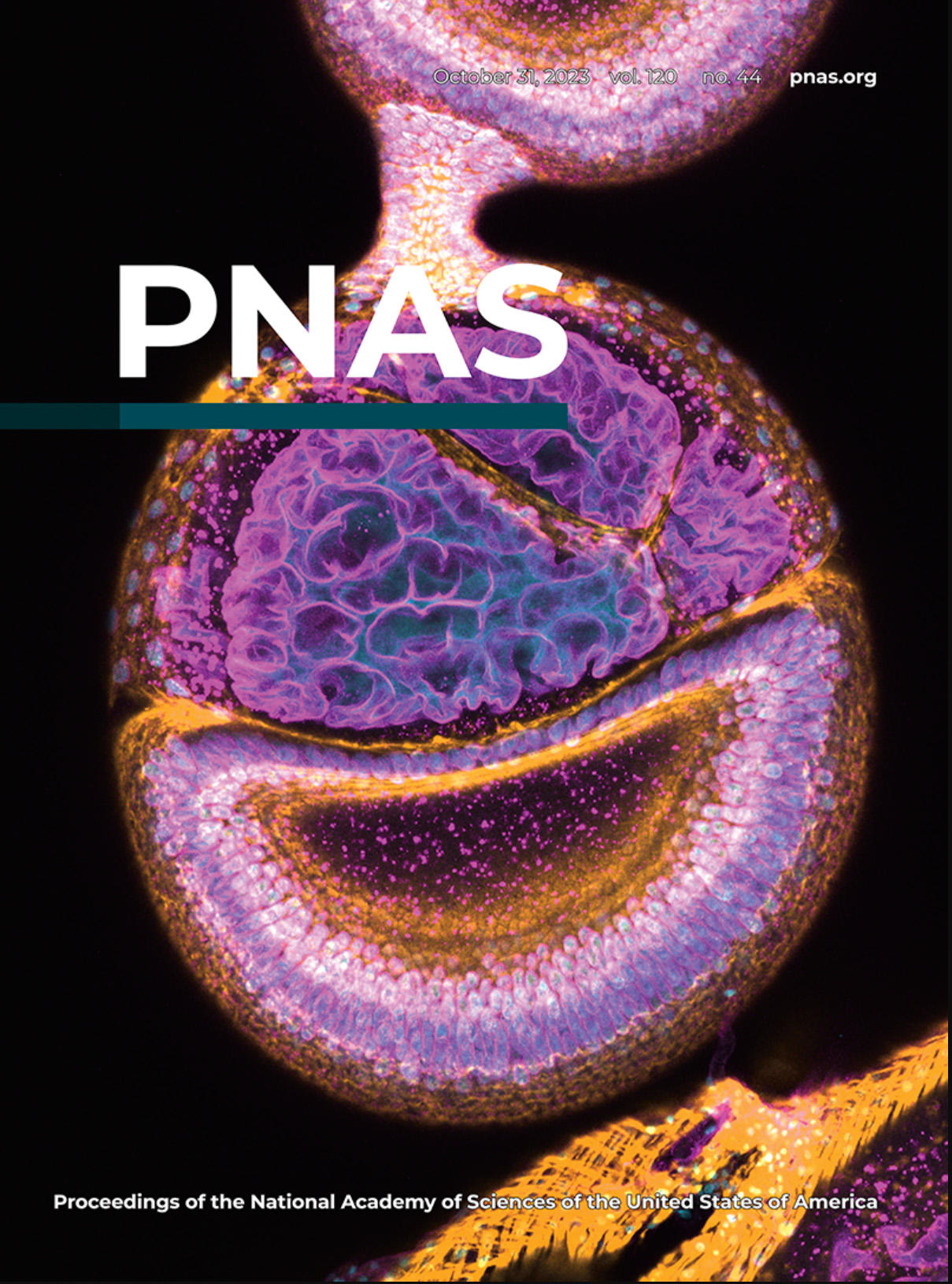
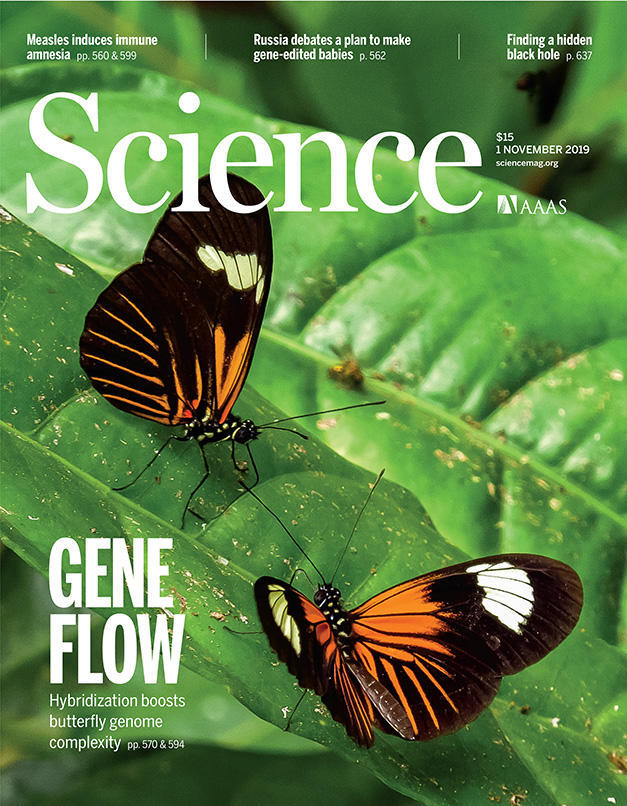
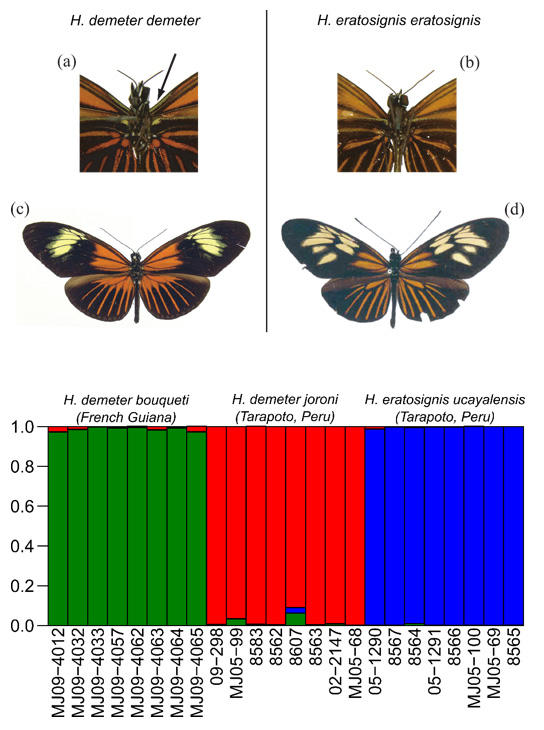

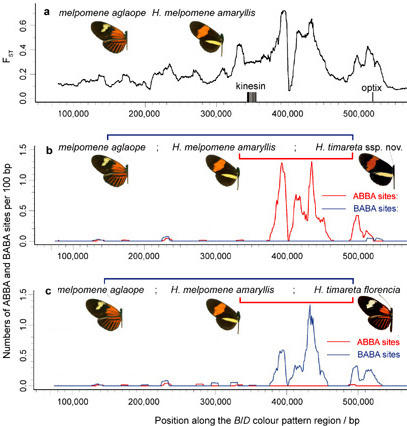
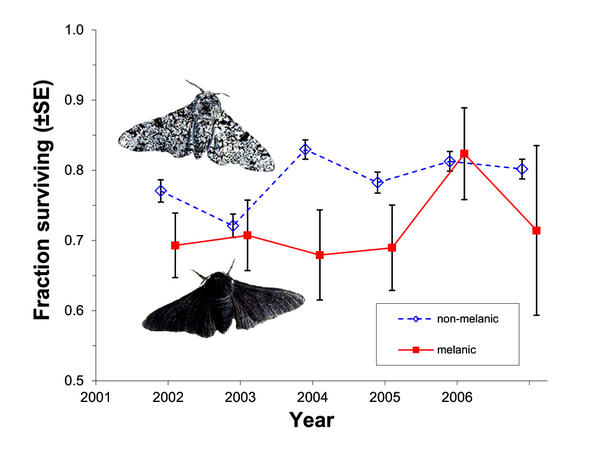 Selection against melanism in UK after the Clean Air Act.
Selection against melanism in UK after the Clean Air Act.